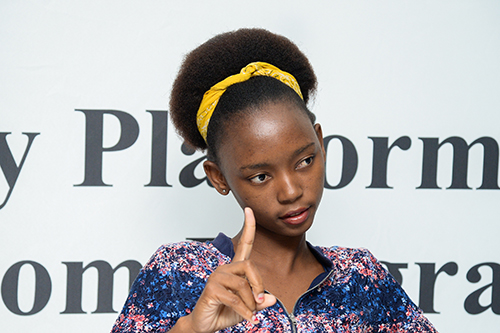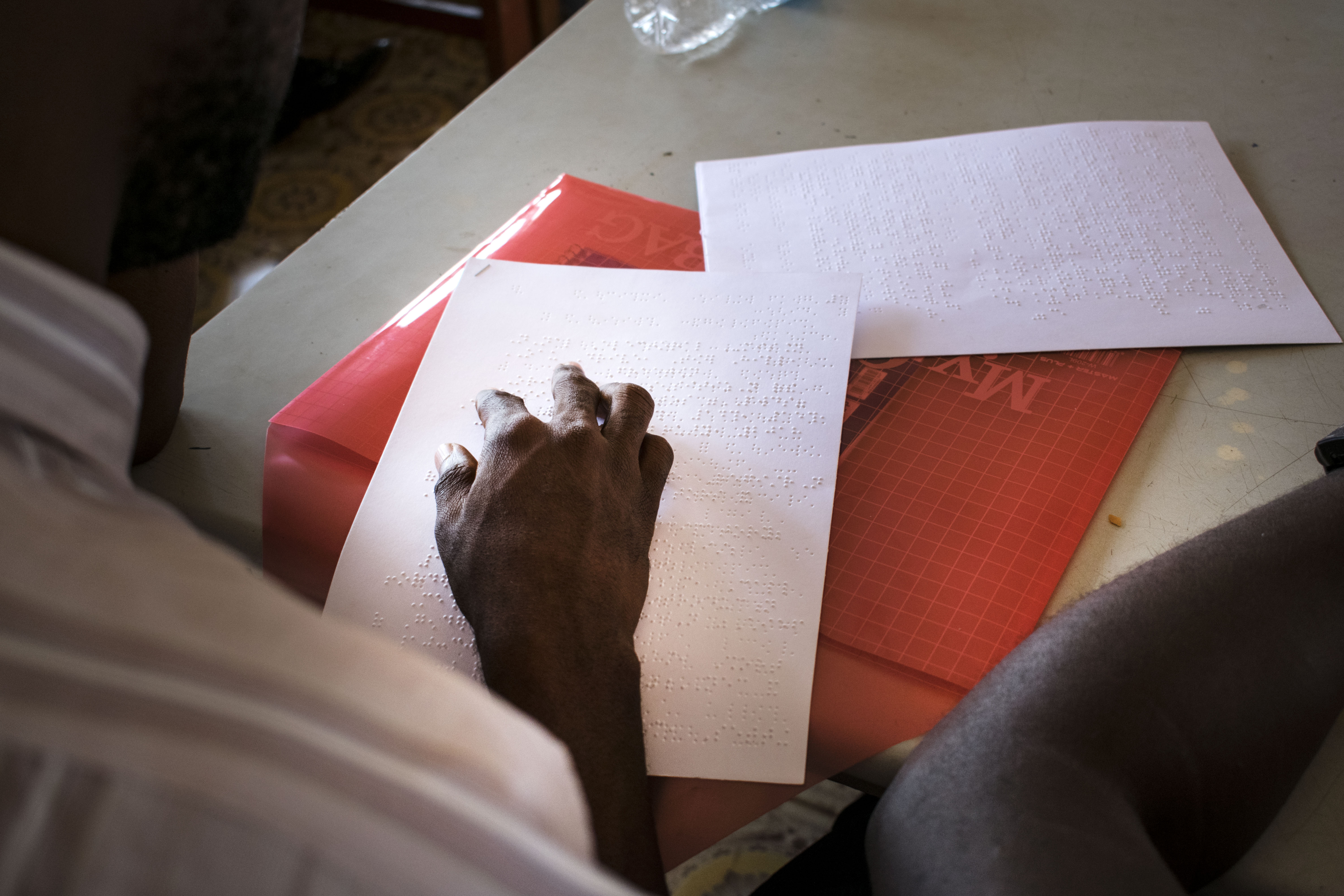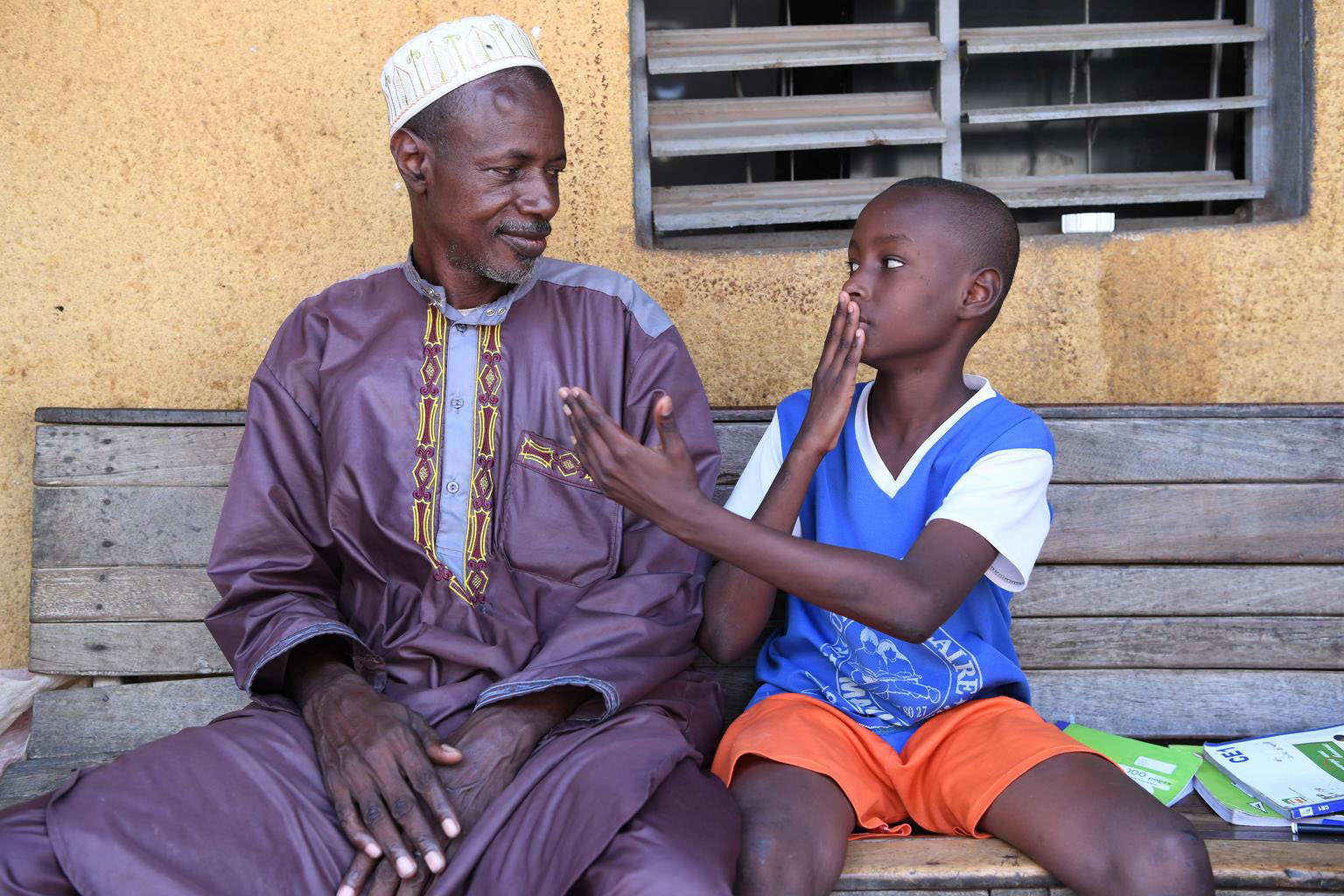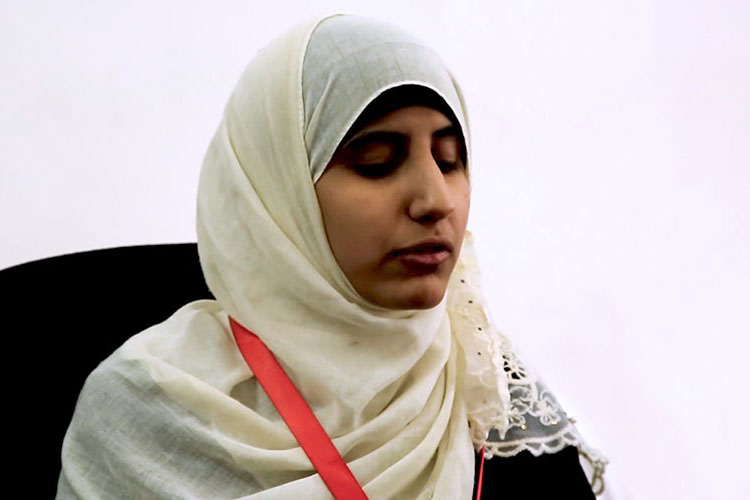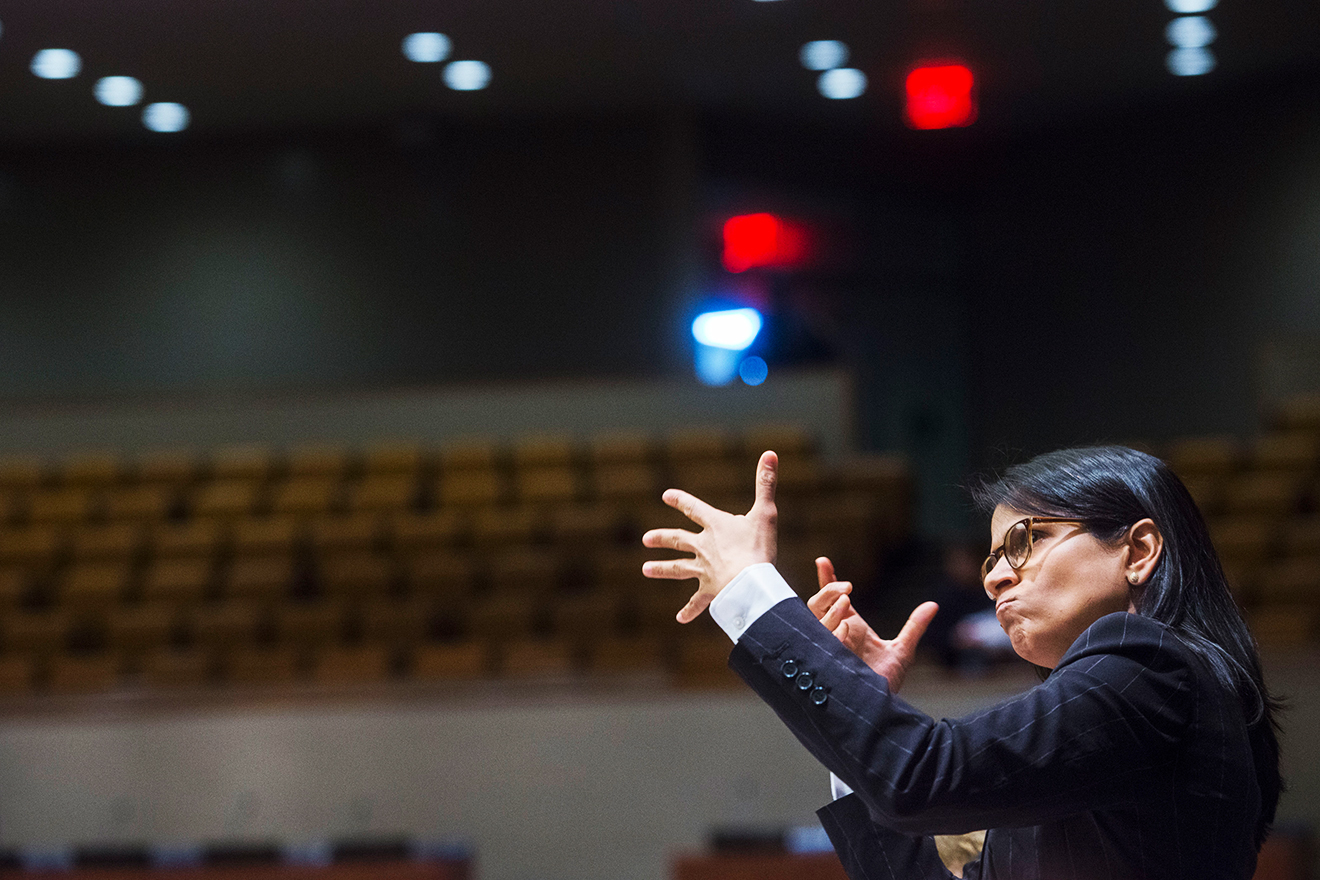Even under normal circumstances, persons with disabilities face discrimination, high rates of gender-based violence, and exclusion from services and decision-making. Today, as the COVID-19 pandemic spreads around the world, the vulnerabilities and barriers faced by people with disabilities are only growing. The pandemic and responses to it are projected to have a significant impact on women and girls, including higher incidence of gender-based violence and loss of access to life-saving health services. Protection from gender-based violence must be a priority for persons with disabilities.
Disabled persons
Move, Play, Live: How wheelchairs are impacting the lives of a Yemeni brother and sister
Braille is a tactile representation of alphabetic and numerical symbols using six dots to represent each letter and number, and even musical, mathematical and scientific symbols. This writing system is used by thousands of blind and partially sighted persons all over the world in their native languages. As a means of communication, Braille contributes to the diversity of languages and cultures, as well as the full realization of human rights. In 2018 the General Assembly decided to proclaim 4 January as World Braille Day.
Going the Distance: A Disability Rights Activist Races Towards Equality
Marlee Matin, a long-time advocate on disability inclusion, calls for a concerted effort to tackle discrimination towards people with disabilities at workplaces. She says it is on us to make our world of work truly progressive, inclusive and inspiring.
Maria Alexandrova became Bulgaria's first adolescent living with cerebral palsy to take the prestigious Cambridge Assessment in English. Her advocacy led to the local exam centre agreeing to change the timing of the test and let her use a computer.
Still, many invalid opinions hold back millions of people with disabilities globally from entering and progressing in the workplace. Oftentimes, people with disabilities continue to be dismissed, judged or belittled.
What is it like to live with a disability when you’re displaced?
On 3 December, we celebrate the International Day of Persons with Disabilities. Building on the Convention on the Rights of Persons with Disabilities, adopted in 2006, this year’s theme aims to promote the participation and leadership of persons with disabilities in the global agenda to achieve sustainable development by 2030. Accessibility and inclusion of persons with disabilities, recognized as fundamental rights by the Convention, benefit societal life and entire communities. Identifying and eliminating obstacles and barriers to accessibility is necessary to achieve progress and development for all!
Saadah Hamood Ahmed Alhuamaidi is a 16 year-old visually impaired girl from Yemen. In a country at war since 2015, Saadah has been defending and demanding the rights of the children, who are bearing the brunt of the human rights consequences.
The Inter-Agency Standing Committee (IASC) Guidelines on the Inclusion of Persons with Disabilities in Humanitarian Action aim to assist humanitarian actors, governments and affected communities to coordinate, plan, implement, monitor and evaluate essential actions for the full inclusion of persons with disabilities in all sectors and phases of humanitarian action. The Guidelines are a key contribution to the Disability Inclusion Strategy launched by the Secretary-General last June.
An aspiring journalist and literature student, Alexandra Tomasevic, 25, who has cerebral palsy, has advocated for children and youth with disabilities since she was a young girl. Ms. Tomasevic is a participant in UN Women’s mentoring programme. "I am one of ten mentors at the [...] programme where we get paired with other women with disabilities. Our job is to be a support system for our mentees and help them make their ideas come to life, improve the quality of their lives, and claim their rights to education and employment." It’s important for women with disabilities to realize that they are not alone. The objective of the project is empowerment of women with disabilities by women with disabilities.
- « first
- ‹ previous
- 1
- 2
- 3

